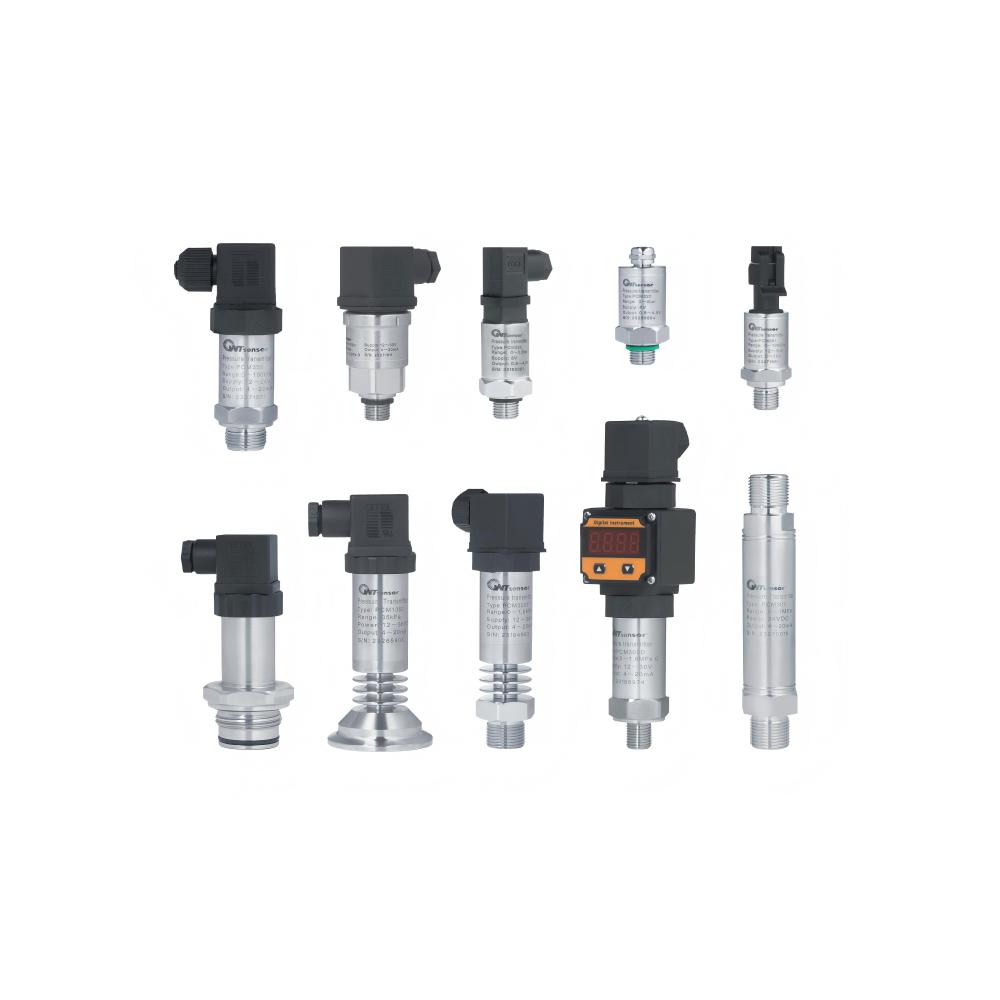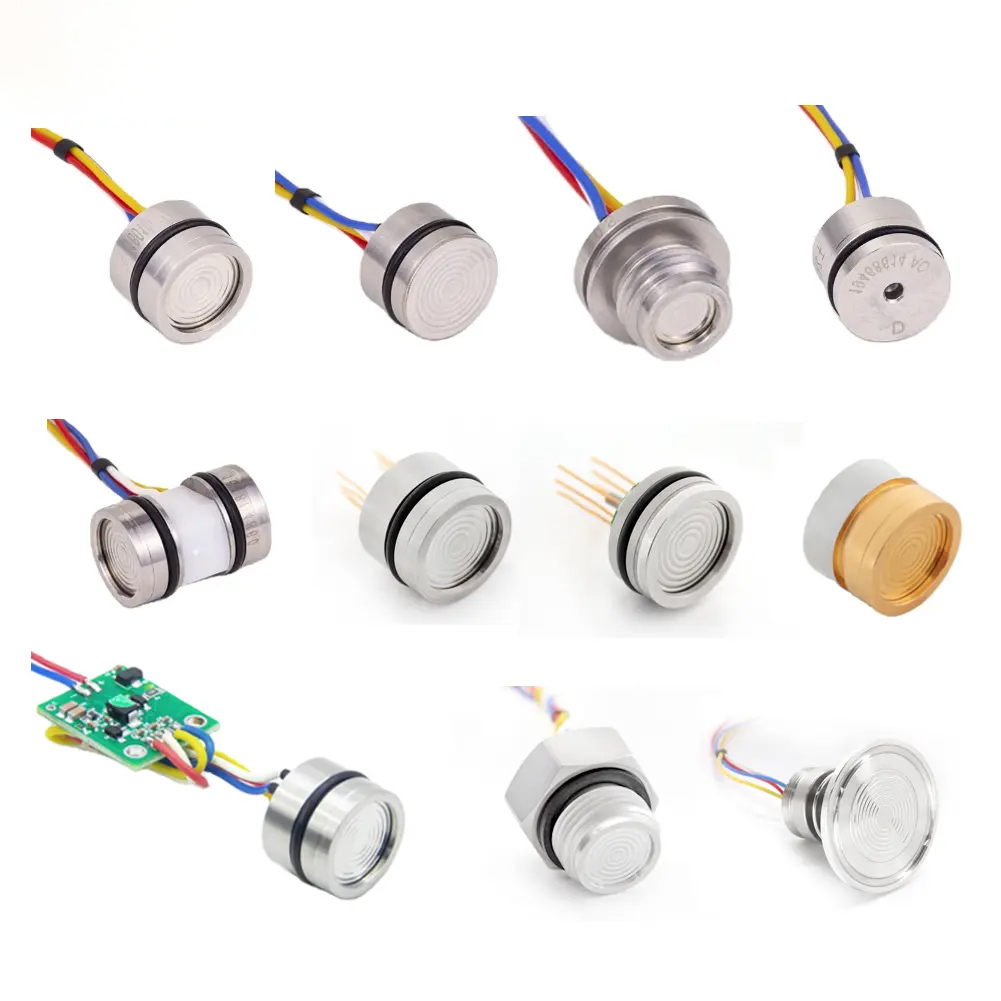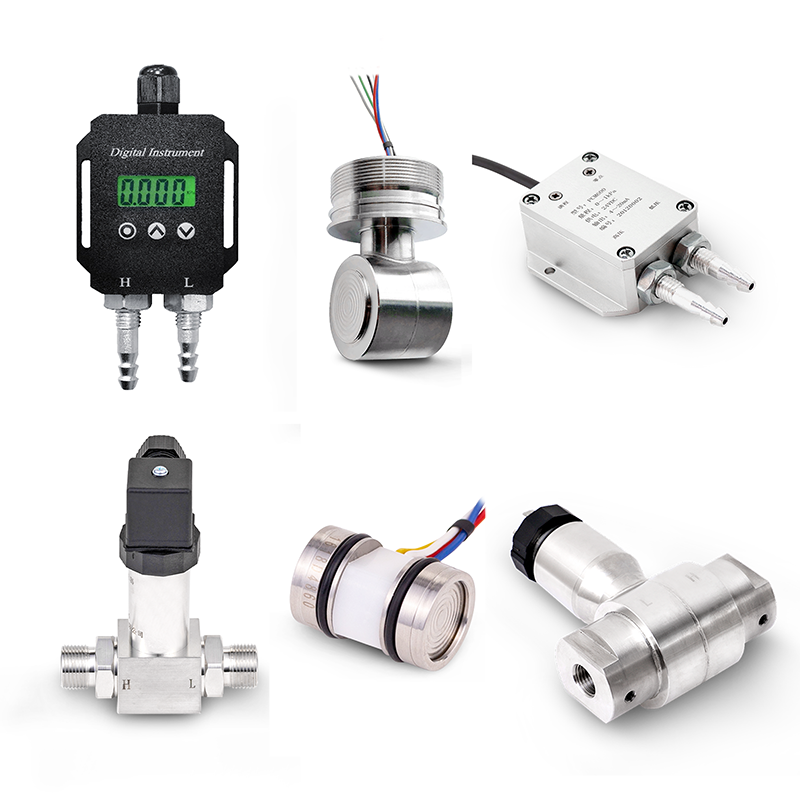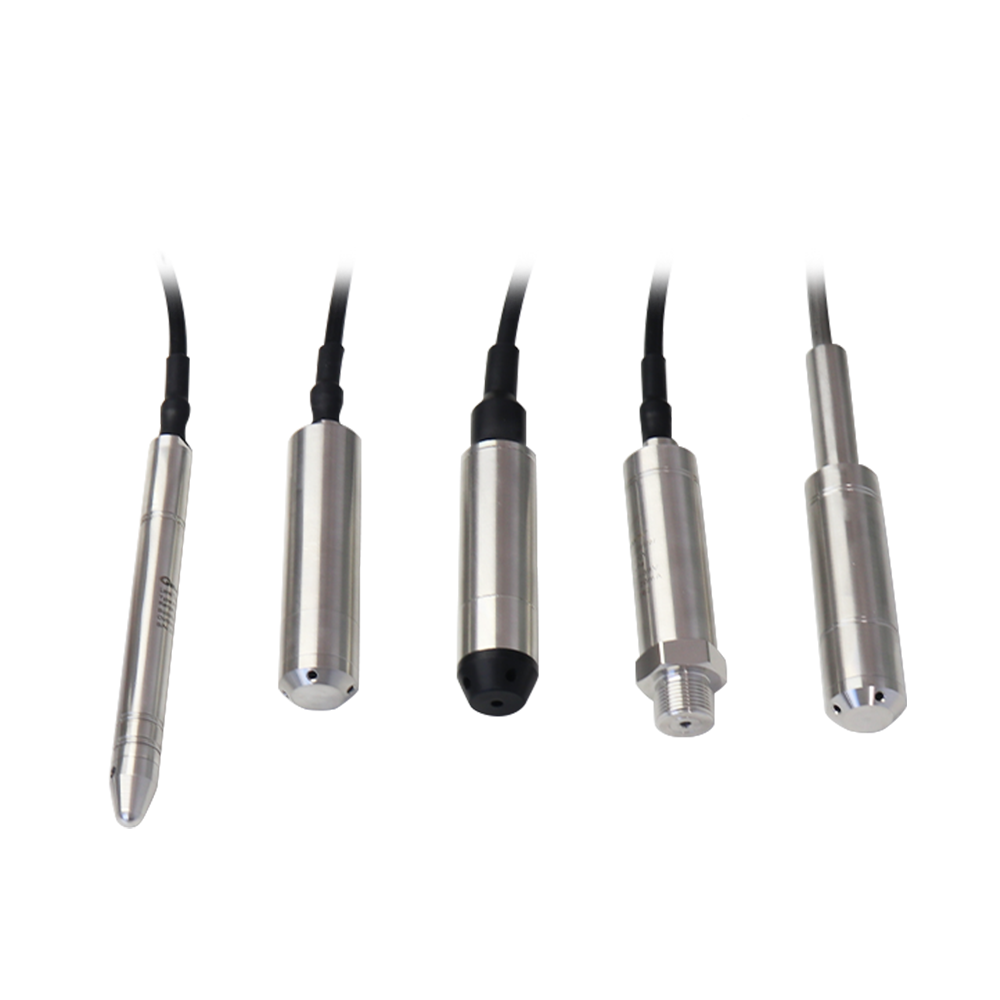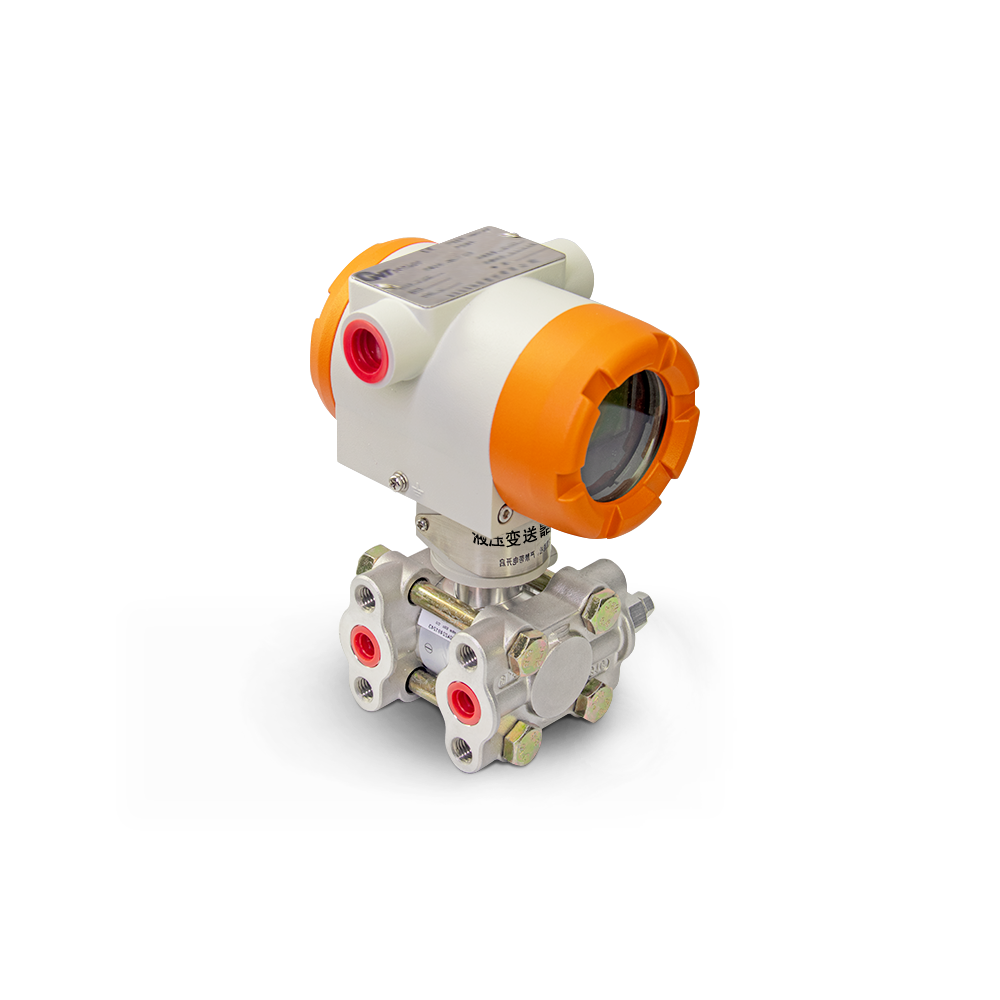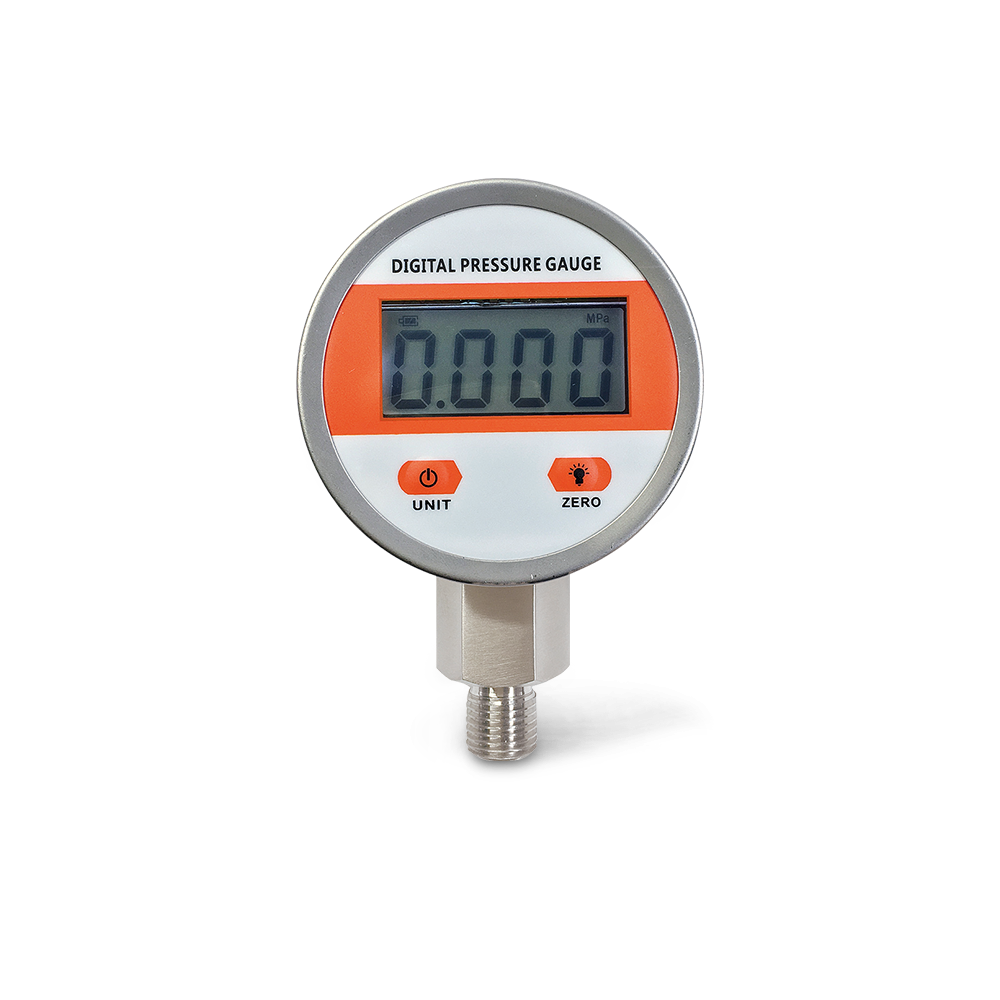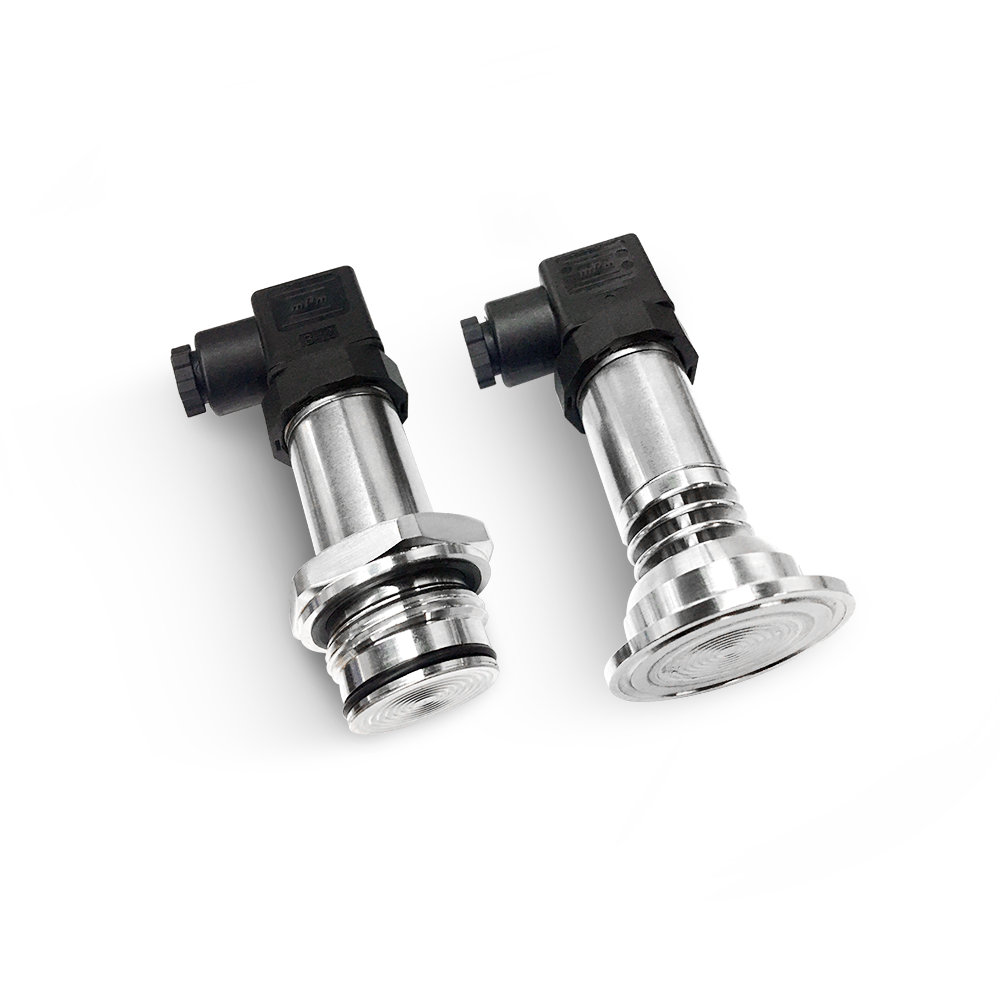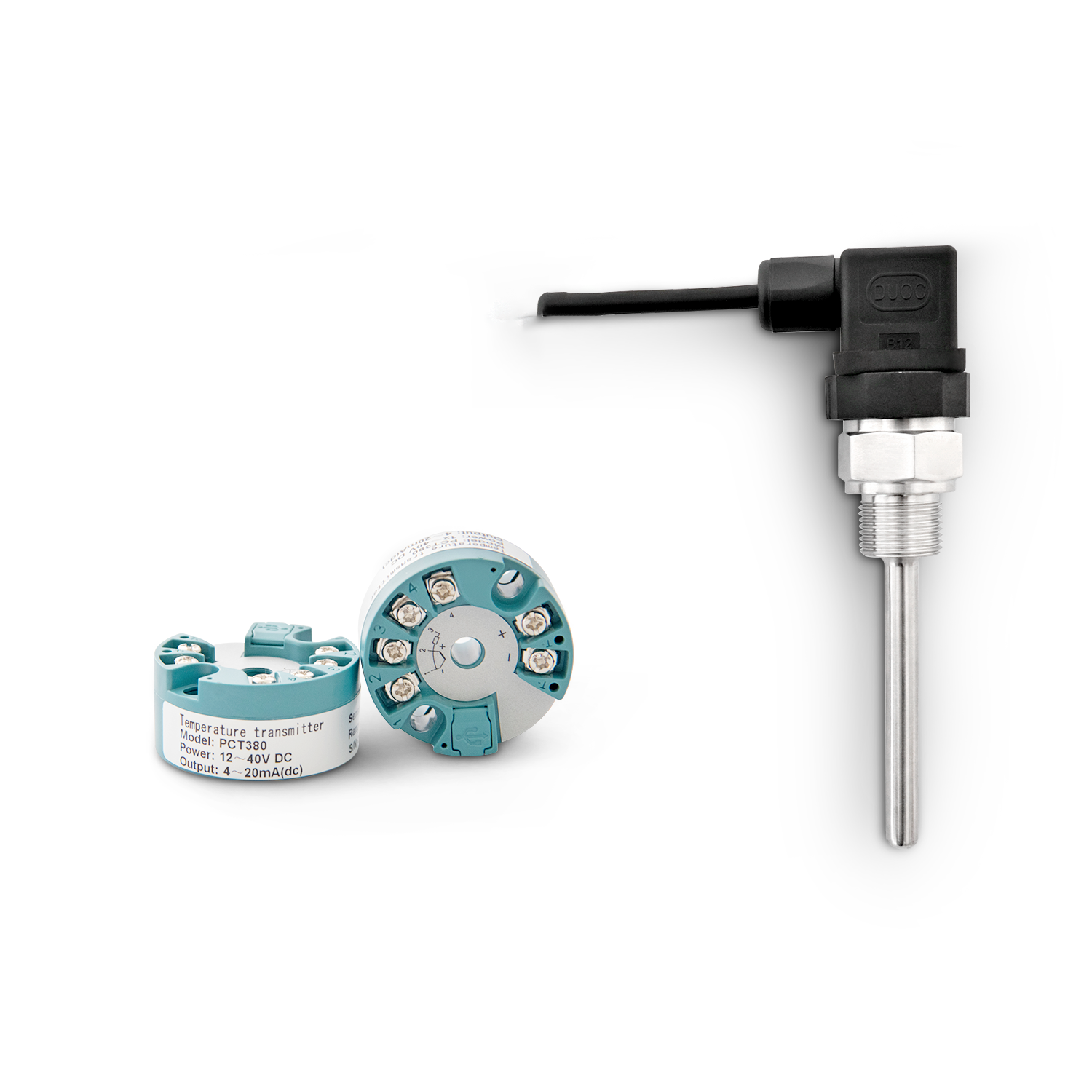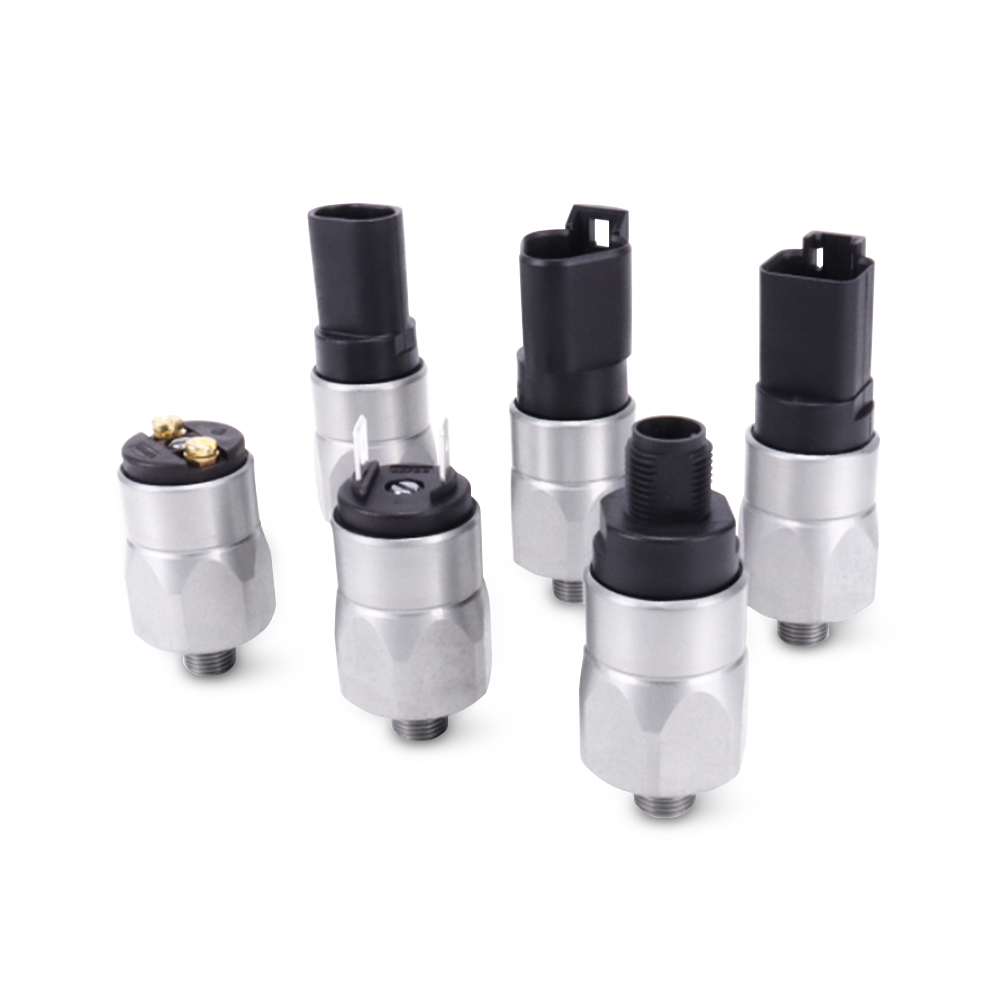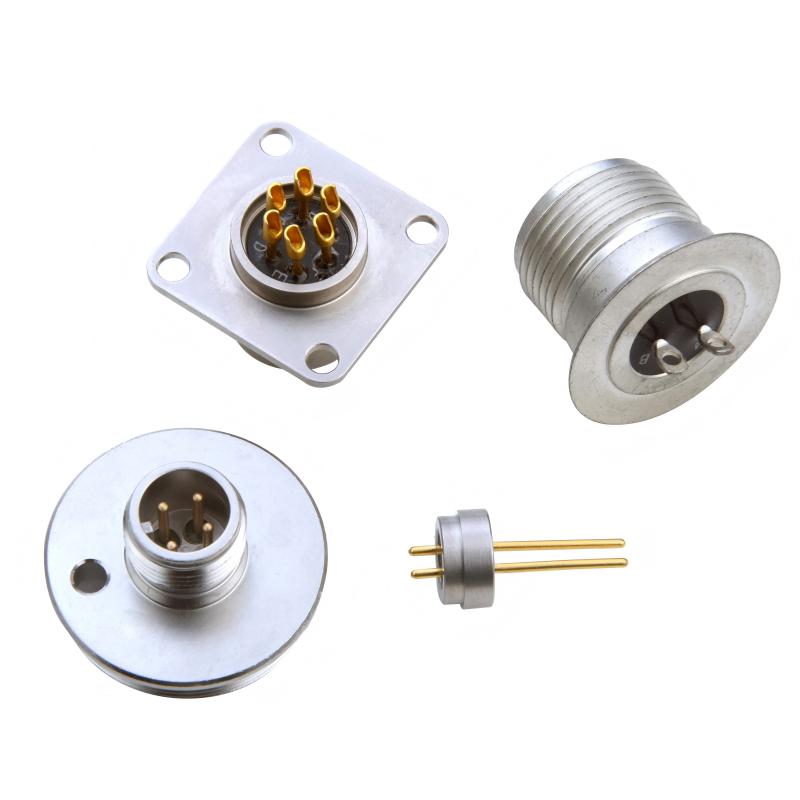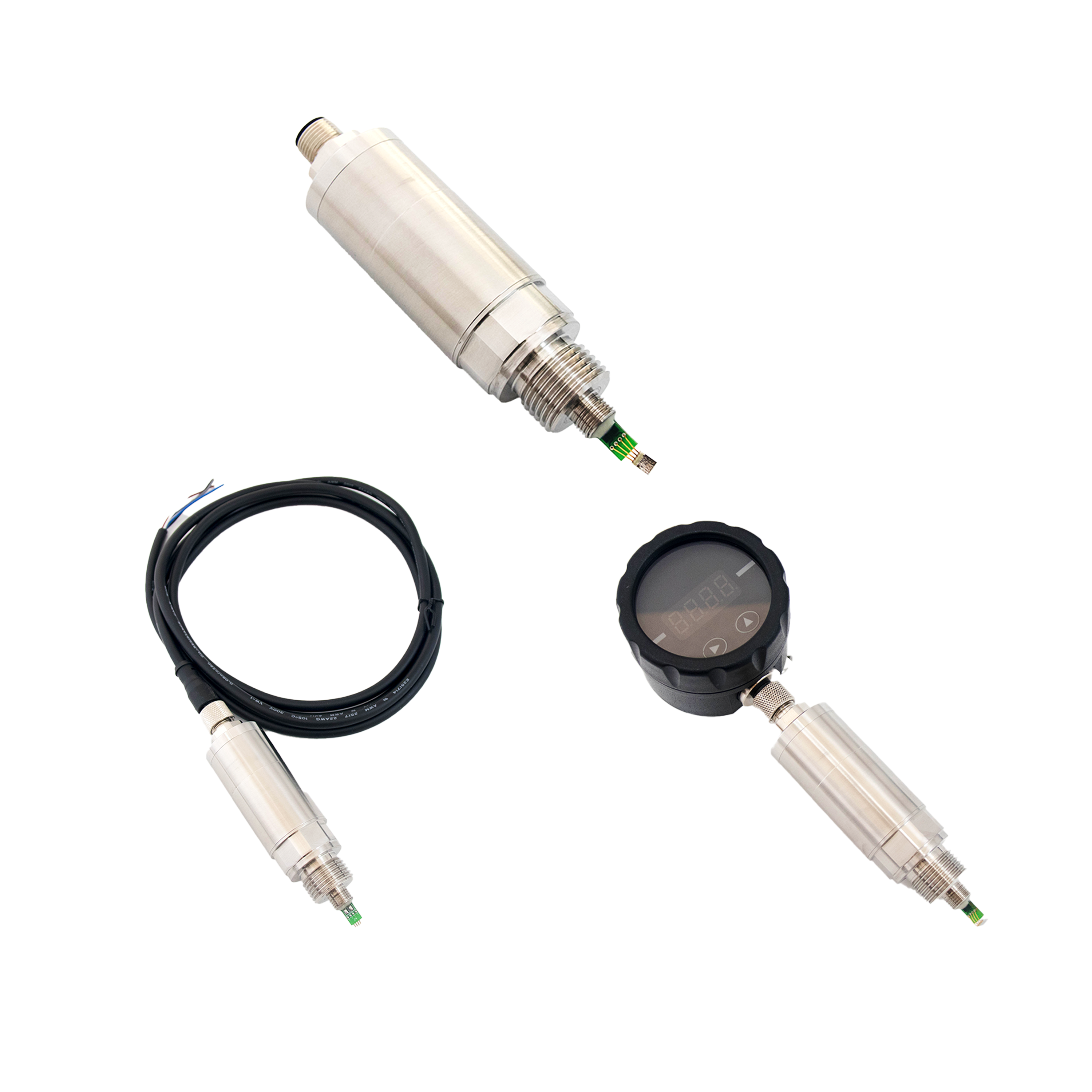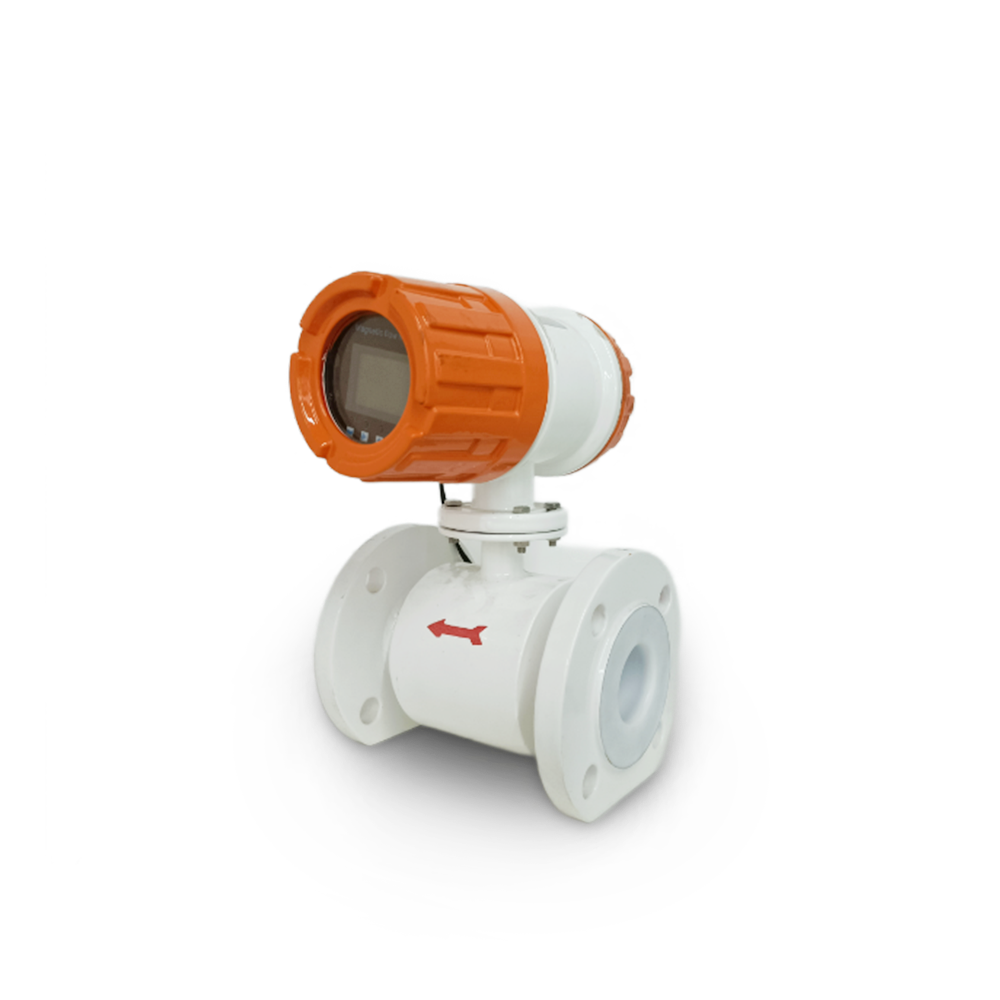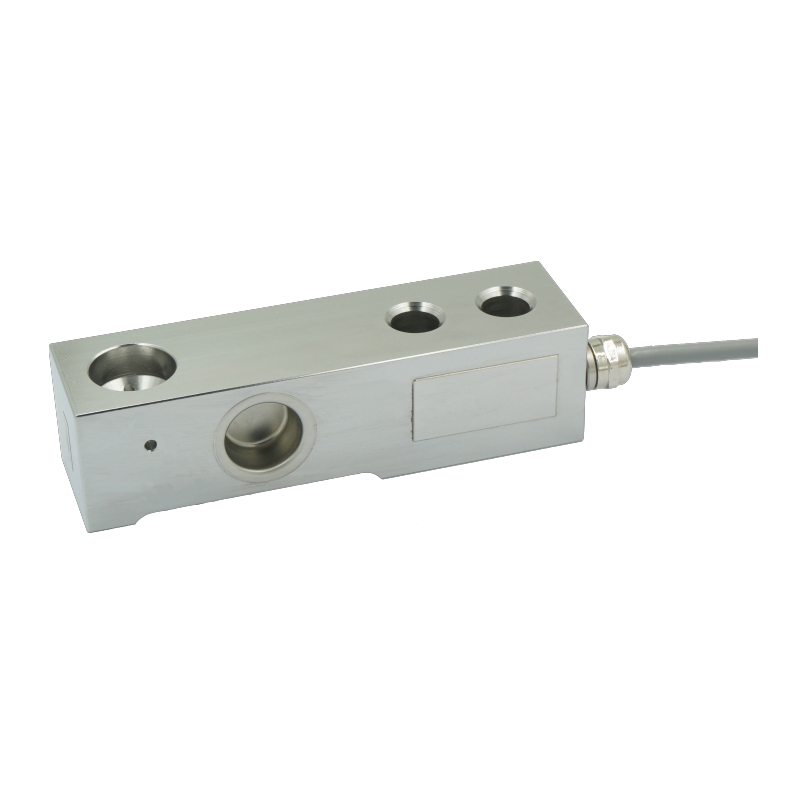Industrial Solutions with Level Sensor Transmitters
From: Issued date 2025.03.18 Back
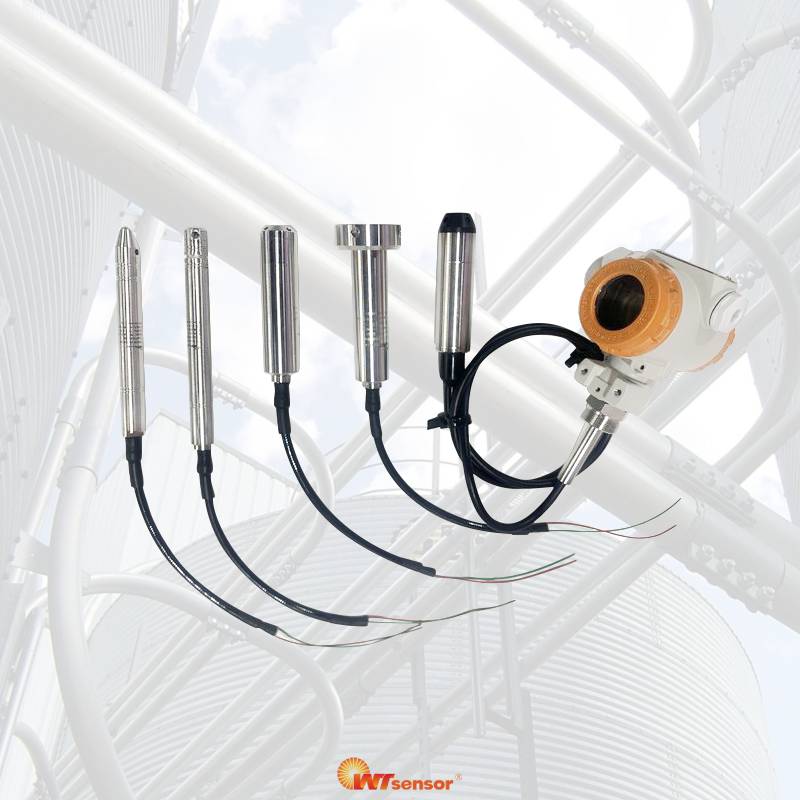
Introduction
Level sensor transmitters play a crucial role in various industrial applications, providing accurate and reliable liquid level measurement. These sensors are essential in industries such as water treatment, oil and gas, municipal water supply, and fire safety systems. Depending on the application scenario, different types of level transmitters are required to ensure optimal performance. This article explores industrial solutions using level sensor transmitters, the selection criteria for various applications, and the future development trends in level sensing technology.
Level Sensor Transmitters for Different Industrial Applications
1. Hydrostatic Level Measurement
Hydrostatic level sensors are widely used in applications such as:
Deep well water level monitoring
Reservoir and river level measurement
Tank water level measurementThese sensors operate based on the hydrostatic pressure exerted by the liquid column and are highly suitable for deep and high-pressure environments.
2. Industrial Water and Wastewater Management
Efficient water management is vital in industrial settings, and level sensors are used in:
Municipal sewage treatment
Wastewater treatment plants
Industrial water and wastewater monitoring
Pumping stations and sewage lift pumpsSubmersible level transmitters are typically used in these scenarios due to their durability and resistance to harsh chemicals and contaminants.
3. Water Storage and Distribution Systems
Water storage and distribution require precise level monitoring for:
Storage systems
Pools, wells, and lakes
Constant pressure water supply systems
Water pumping stationsCapacitive and ultrasonic level sensors are ideal for these applications as they provide non-contact measurement and prevent contamination.
4. Flood and Fire Safety Monitoring
Flood and fire safety require real-time monitoring of water levels in:
Flood discharge systems
Firefighting water monitoringRadar-based level sensors are preferred due to their ability to provide accurate readings even in extreme conditions.
5. Marine and Ship Applications
Ships and marine applications rely on level sensors for:
Ballast tank level monitoring
Sea water level measurement
Oil level monitoringMagnetostrictive and guided wave radar sensors are commonly used in these applications for high precision and reliability.
Selection Criteria for Level Transmitters
Choosing the right level sensor depends on factors such as:
Medium type (water, oil, wastewater, chemicals, etc.)
Tank or container size
Environmental conditions (temperature, pressure, corrosion, etc.)
Required accuracy and response time
Contact vs. non-contact measurement preferences
For instance:
Ultrasonic level sensors are ideal for open-air applications such as rivers and lakes.
Hydrostatic pressure sensors are best for deep wells and storage tanks.
Radar sensors are suitable for extreme conditions like fire safety and flood monitoring.
Capacitive sensors are perfect for wastewater treatment and industrial liquids.
Future Trends in Level Sensor Technology
The level sensor industry is evolving with advancements in:
IoT Integration – Smart level transmitters with wireless connectivity for remote monitoring and predictive maintenance.
AI-Driven Analysis – AI-based systems for data analysis and predictive failure detection.
Improved Material Durability – Development of sensors with enhanced resistance to extreme environments.
Miniaturization and Portability – Compact sensors for real-time monitoring in small and confined spaces.
Energy-Efficient Sensors – Low-power and battery-operated sensors for sustainable industrial applications.
Level sensor transmitters provide industrial solutions for diverse applications, from water supply to wastewater treatment, marine systems, and fire safety. Selecting the right type of level transmitter depends on the application requirements and environmental factors. As industries move towards automation and IoT-enabled monitoring, the demand for smart level sensors will continue to rise, ensuring enhanced efficiency and operational safety across multiple sectors.

